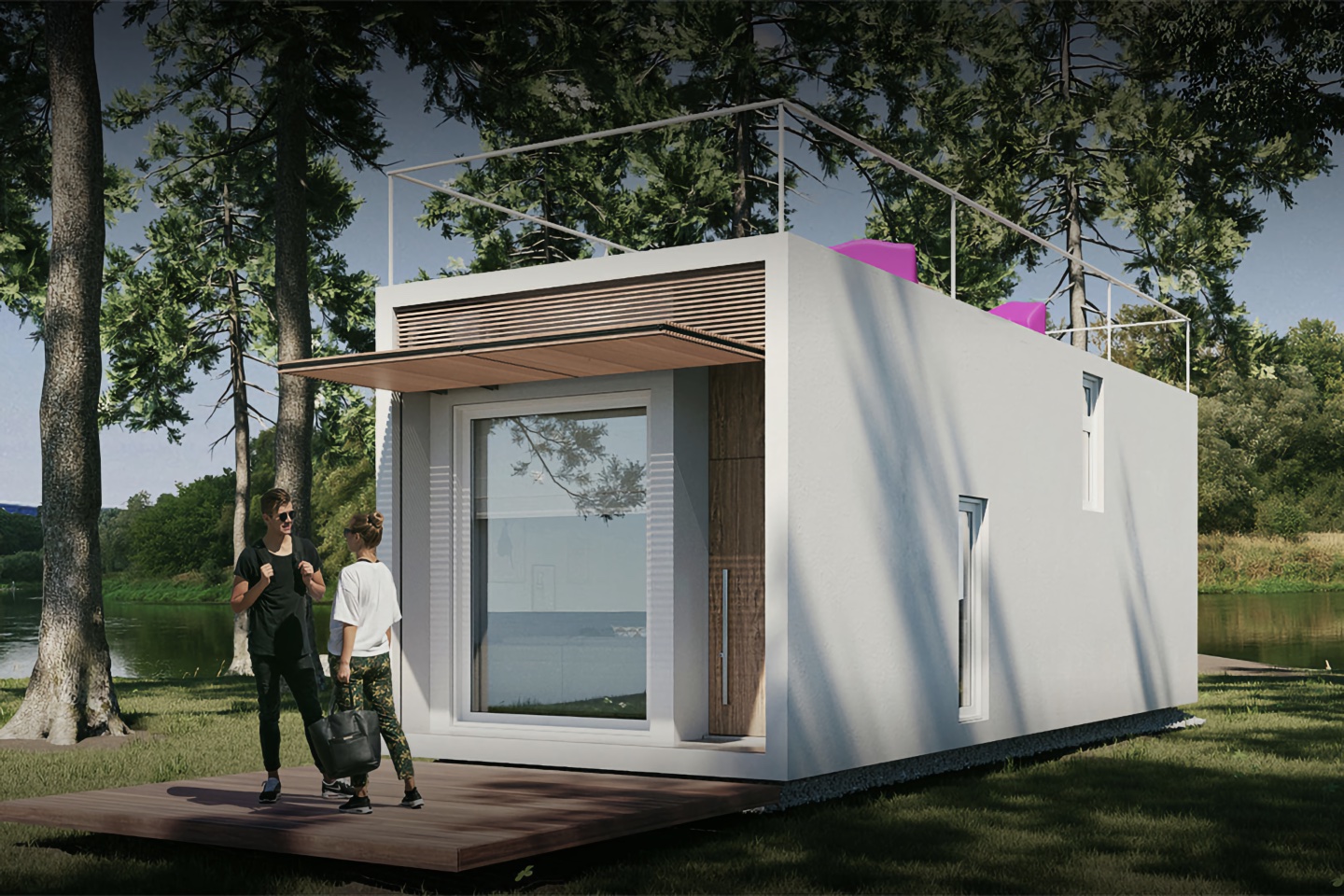The post-war period was a challenging time for many people who had lost their homes in the bombing raids that had devastated many cities and towns across the UK. In the years that followed, the government took action to provide a solution to the housing crisis that was brewing. One of the initiatives that the government introduced was the Prefab Warehouse Homes.

The Prefab Warehouse Homes were a quick and efficient solution to the lack of housing that was available to people who had lost their homes. These modular homes were made out of a range of materials, including tin, plaster, and wood. The use of these materials made the homes both affordable and easy to construct.
The design of the Prefab Warehouse Homes maximised the use of space, making them ideal for families. The homes were made up of a series of rooms that were connected by a central corridor. This design allowed for a good flow of air and light throughout the homes. Despite their small size, the Prefab Warehouse Homes were very comfortable and well insulated, which meant that they were warm in the winter and cool in the summer.
One of the key benefits of the Prefab Warehouse Homes was their mobility. As the homes were designed to be dismantled and moved, they were ideal for people who needed to relocate frequently. This was particularly important for people who had been displaced during the war and needed a temporary solution until they could return to their homes.
The Prefab Warehouse Homes were also very affordable, making them accessible to families on lower incomes. The government provided loans to help people purchase the homes, and many families were able to pay them off over time using their wages. This made the homes a valuable asset to families who were starting over after the war.
Over time, the Prefab Warehouse Homes became more than just a temporary solution to the housing crisis. Many families became attached to their homes and did not want to leave them. The homes became a symbol of the resilience and determination of people who had endured the war and were now rebuilding their lives.
In recent years, there has been a renewed interest in the Prefab Warehouse Homes. Many people are now looking for affordable and sustainable housing solutions, and the Prefab Warehouse Homes offer an interesting alternative to traditional housing options.
The use of 3D Warehouse prefabs in the construction of homes has also become increasingly popular in recent years. This technology allows for the rapid construction of modular homes that are both affordable and sustainable. It is an innovative solution to the challenges of modern housing, and one that is likely to become more popular in the future.
In conclusion, the Prefab Warehouse Homes provided a valuable solution to the housing crisis that was faced by people after the war. These homes were affordable, comfortable, and mobile, making them a valuable asset to families who needed to start over. Today, the Prefab Warehouse Homes continue to offer a sustainable and innovative solution to the challenges of modern housing, and are an important part of our architectural heritage.